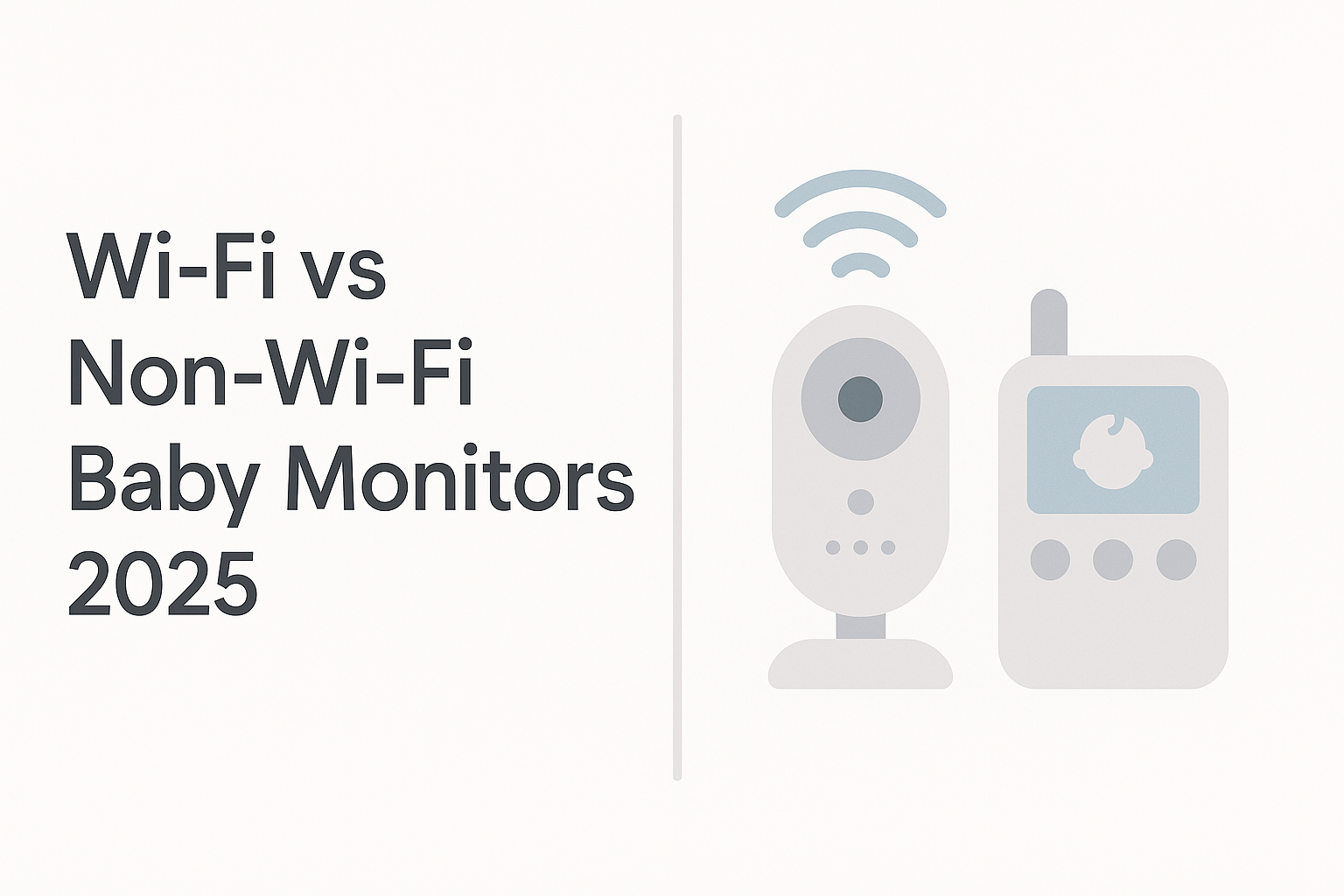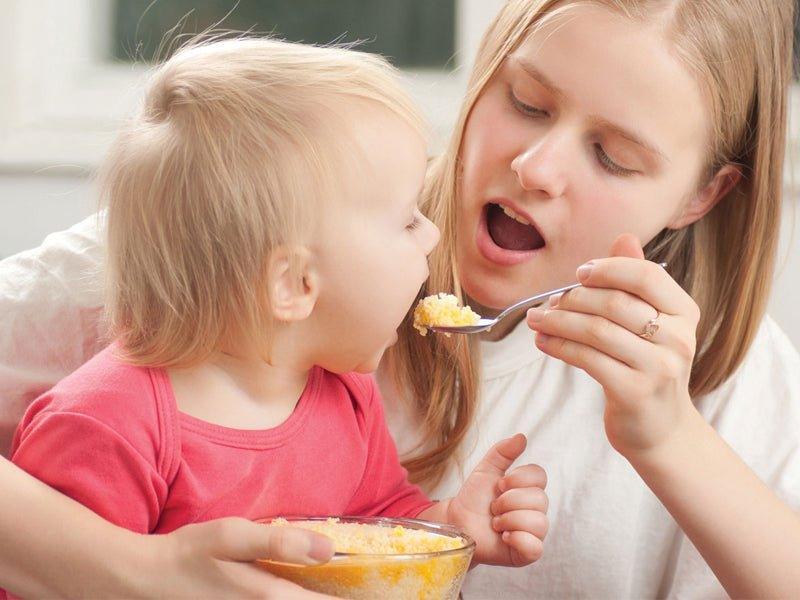Best Finger Foods for Babies (7–9 Months) + Foods to Avoid
From around 7 to 9 months, most babies are ready to start self-feeding with safe, soft finger foods as part of their natural first-year milestones. At this age, fine motor skills are developing, and many little ones can pick up small pieces of food and feed themselves. Offering age-appropriate textures builds independence and healthy eating habits.
Worried about choking? With close supervision and the right foods, you’re teaching your baby to manage textures—like teaching swimming instead of avoiding water. Review AAP choking-prevention tips and keep the environment calm and upright. For sleep-side safety at this stage, see our safe sleep guidelines.
Safety Checks Before You Serve
Take a small bite of the food you plan to offer and ask:
- Does it melt in the mouth? Light, flaky crackers or cereals should dissolve quickly.
- Is it soft enough to mash? Cooked veggies and soft fruit should smush with gentle pressure (see the NHS guide to first solids).
- Is it naturally soft? Cottage cheese, tofu, and shredded cheese are gentle for gums.
- Can it be gummed? Ripe banana or very soft pasta can be eaten without teeth.
- Is the size right? Firmer foods = smaller pieces; softer foods can be slightly larger.
Great First Finger Foods
- Ripe avocado or banana, diced
- Steamed carrot sticks or sweet-potato wedges (easily squished)
- Peeled, very soft pear/peach pieces
- Well-cooked pasta spirals or tiny rice clumps
- Shredded chicken or flaky baked fish (fully deboned)
Gentle Protein Add-Ins
- Scrambled egg (if introduced and tolerated)
- Small cubes of tofu or soft cheese
- Well-mashed beans or lentils
- Thinly spread nut butter on soft toast fingers (never whole nuts)
Finger-Food Quick Comparison
| Food Type | Texture Target | Example Prep | Why It Helps |
|---|---|---|---|
| Soft fruits | Smushable | Peeled ripe pear, diced | Easy to gum and swallow |
| Cooked veggies | Fork-tender | Steamed sweet-potato sticks | Practice grasp + safe chewing |
| Grains/pasta | Soft, not sticky | Over-cooked spirals, tiny rice clumps | Energy + texture variety |
| Proteins | Moist, shredded | Shredded chicken, mashed beans | Iron + satiety |
5 Finger Foods to Avoid (for now)
These are common chokers or too tough for early self-feeding. Always supervise and keep eating seated and distraction-free.
- Hard raw vegetables/firm fruits (raw carrots, apple slices, whole grapes/cherry tomatoes). If serving, peel and quarter grapes/tomatoes.
- Hot dogs/sausages unless cut lengthwise first, then into tiny pieces.
- Whole nuts & large globs of nut butter (use thin spreads only).
- Large hard cheese chunks (serve shredded or paper-thin slices).
- Hard candies or lollipops (no nutrition, high choking risk).
How to Serve: A Simple Step-By-Step
- Seat baby upright in a high chair; buckle securely.
- Offer 1–2 small pieces at a time to prevent over-stuffing.
- Stay within arm’s reach; avoid screens and toys on the tray.
- Model slow bites and sips. Pause if you see puffed cheeks or gagging.
- Wrap up with water sips and a quick face/hand rinse.
FAQ: Baby-Led Weaning & Allergens
Is baby-led weaning safe at 7–9 months?
Yes—if you focus on soft, smushable pieces and sit close by. Learn more about approaches in this Mayo Clinic overview.
When should I introduce peanut, egg, and other allergens?
Discuss timing with your pediatrician. Many families introduce thin spreads of peanut and well-cooked egg during this window. Introduce one new allergen at a time and watch closely for reactions.
What if my baby gags?
Gagging is a protective reflex as babies learn. Stay calm, give them a moment, and remove excess food if needed. Review AAP choking-prevention guidance.
By introducing safe finger foods early, you help little ones explore textures, develop coordination, and build confidence at the table—while keeping mealtime enjoyable and safe. For what’s next, see our baby feeding milestones guide and practical toddler feeding tips.
Related reading on Babysense: 4-month sleep regression · night-light do’s & don’ts · dress baby for winter sleep





